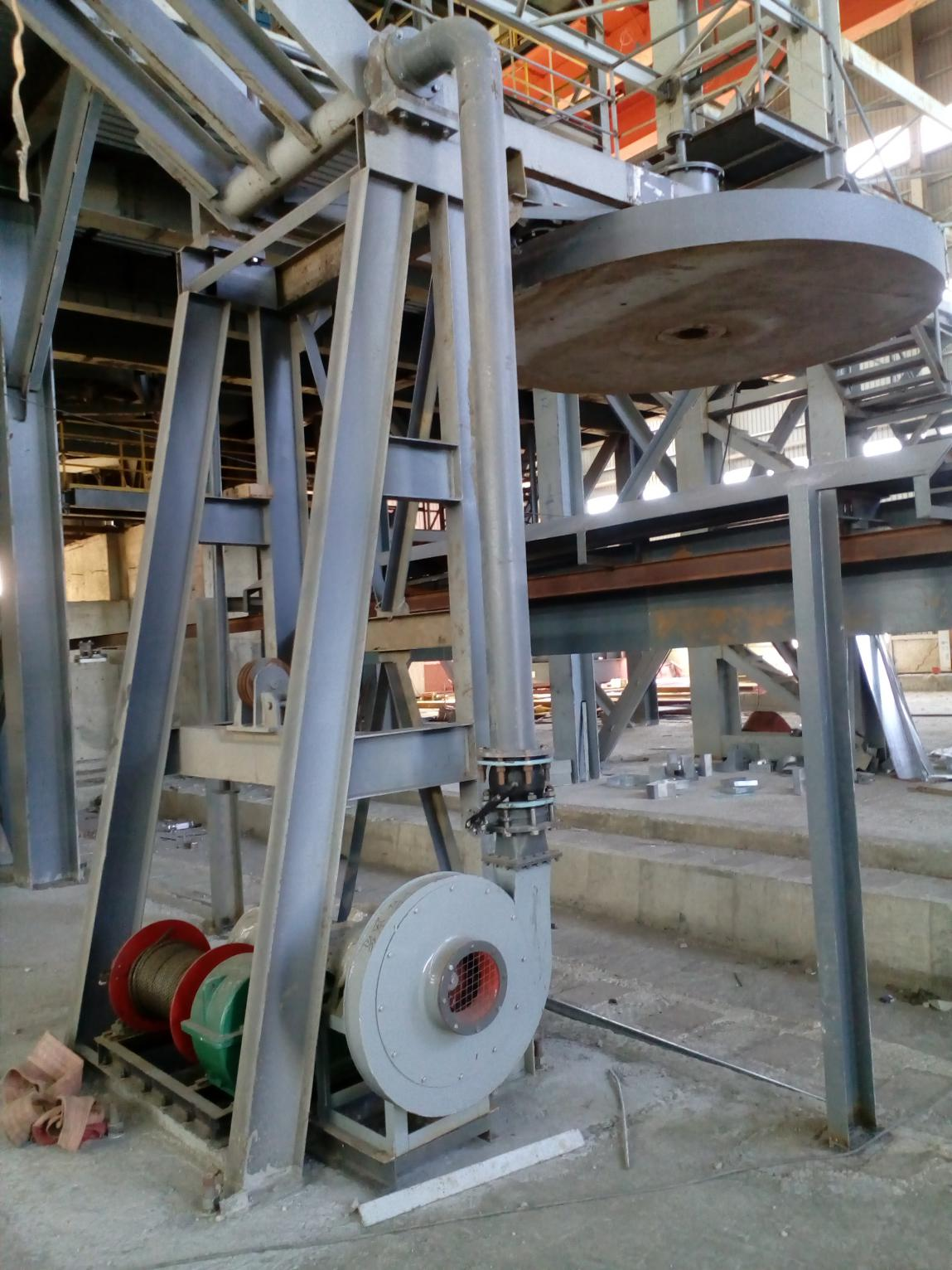The magnetic field force generated by the energized in DC EAF has strong stirring ability than the AC EAF, and DC EAF decarburization, dephosphorization, degassing reaction is faster than the AC EAF, more conducive to the operation.
Because the desulfurization reaction is mainly carried out in the reduction period, the oxidation period of the furnace relies on chemical ion exchange reaction desulfurization amount is very small, the DC electric arc furnace in the desulfurization reaction and AC electric arc furnace is not very different.
In some special cases, if the operation of lead and zinc removal is to be carried out, the DC furnace is more rapid and effective than the AC furnace.
The difference between the electrochemical reaction of DC furnace and AC furnace is not much.
AC furnace does not have partial arc phenomenon, the arc length is shorter than that of DC furnace, and the difficulty of foam slag control in DC furnace is lower than that of AC furnace.
In the smelting process, DC EAF has higher requirements for the amount of steel left after tapping the steel and there is to need good electrical conductivity of the scrap material, otherwise the accident of non-conductivity will occur.
The cold zone of the AC furnace range is relatively small. DC EAF cold zone comparing the AC EAF, is prone to EBT cold zone, the furnace wall cold zone bonded much scrap to cause abnormal steel composition and steel amount wave, to influence the life of the ladle and other phenomena.
The steel temperature of the DC furnace is generally less than 1630 ℃, so it is not conducive to the production of temperature dynamic deployment, and has some impacts to deoxidation, removal of inclusions, and desulfurization operation. The AC furnace allows a wider range of temperature, which is more conducive to the dynamic control of production and strengthening the metallurgical response of the steel production process.
